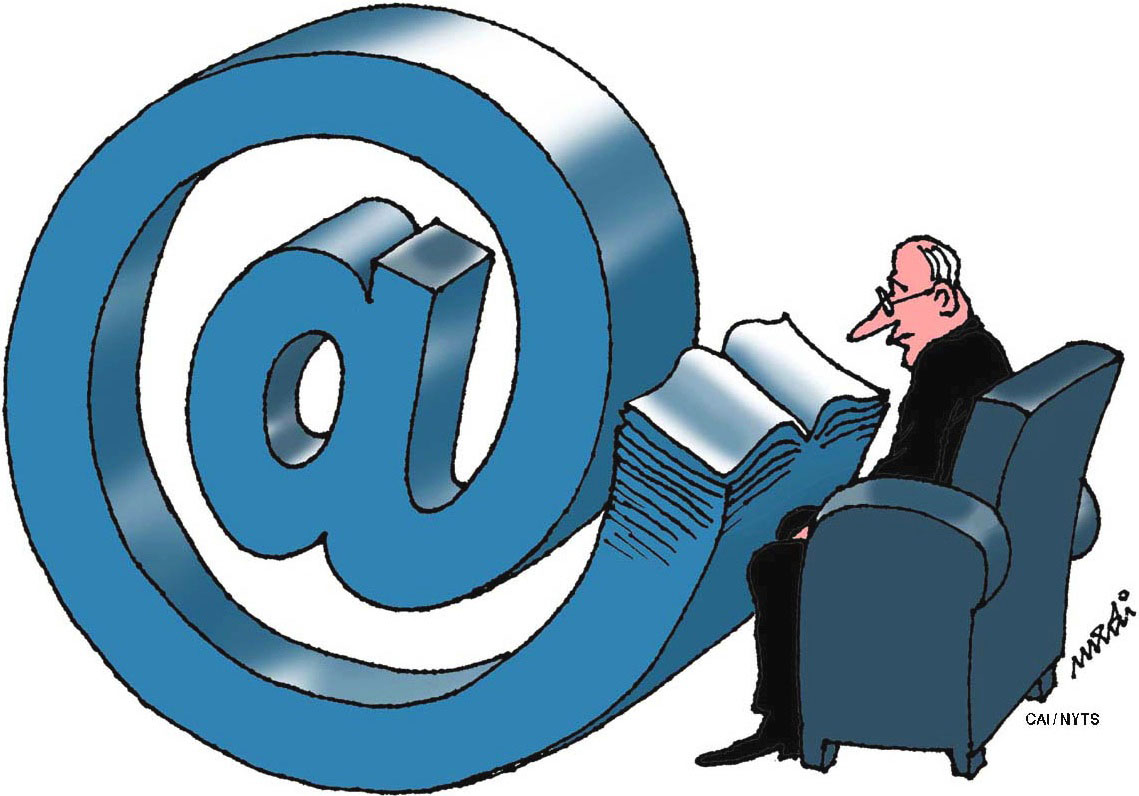If the media industry needed proof that it moved too quickly to devalue its print products on the way to chasing digital audiences, the book industry has been making a convincing case in the last few years.
The rise of print book sales and decline in e-books in 2015 was no accident. Last year, the trend continued, and self-publishing in electronic form no longer seemed as good a bet as in previous years. In 2016, the unit sales of printed books in the United States increased by 3.3 percent. That's not unusual, except this year, the publishing industry didn't produce any runaway best-sellers like 2015's "The Girl on the Train" by Erin Cressida Wilson, and only a handful of books, mostly from previous years, sold more than 1 million copies.
The industry made up that deficiency by selling more nonfiction books. That's an indication of book publishers' overall health: They are flexible and versatile.



